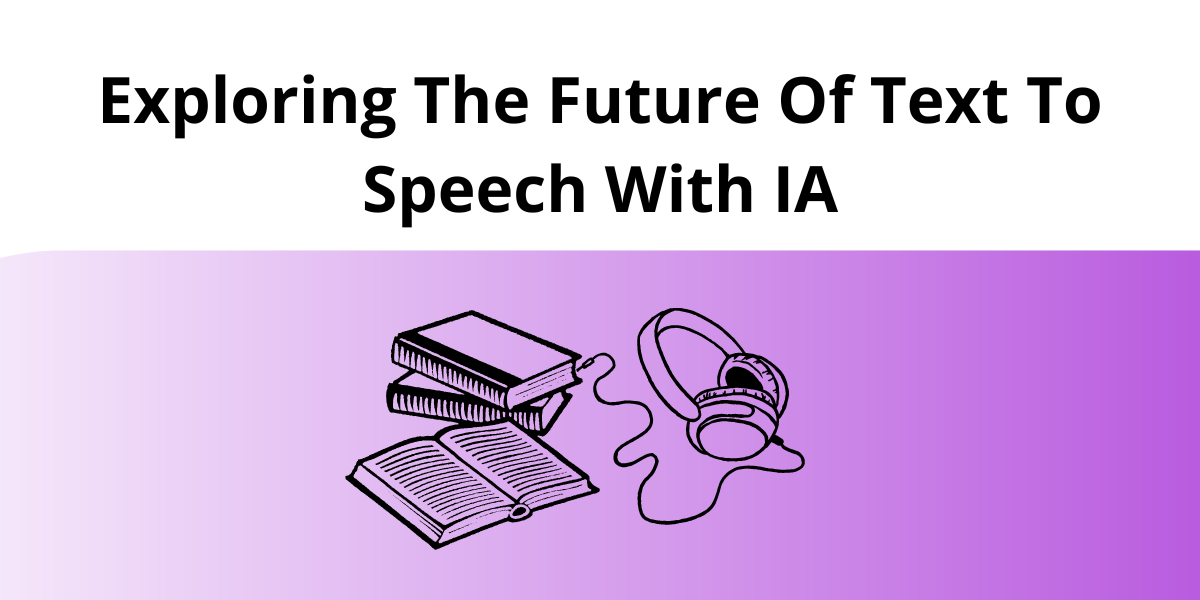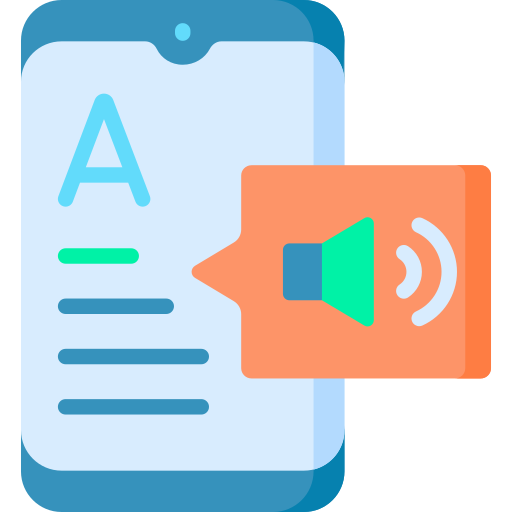Exploring The Future Of Text To Speech With IA

Text To Speech IA is an innovative technology that converts written text into spoken words. Using sophisticated algorithms and natural language processing techniques, TTS AI analyzes input text, interprets linguistic features such as syntax and semantics, and generates corresponding speech output.
First, the TTS AI preprocesses the text, breaking it down into manageable linguistic units like words, phrases, and sentences. Then, it employs advanced machine learning models or neural networks to synthesize human-like speech patterns. These models learn from vast amounts of recorded human speech data to produce accurate and natural-sounding voice output.

TTS AI applications vary widely, from accessibility tools for visually impaired individuals to virtual assistants, e-learning platforms, and interactive voice response systems. TTS technology enhances user experience by providing auditory feedback, enabling hands-free interaction with devices, and facilitating communication in diverse scenarios.
Moreover, TTS AI systems continually improve through ongoing training with new data and refinements in algorithms, striving for more lifelike and expressive speech synthesis. As a result, TTS AI contributes significantly to bridging the gap between human communication modalities and digital interfaces, making information more accessible and communication more inclusive.
Text To Speech IA technology holds significant prospects for further development. Several avenues for advancement are foreseeable:
- Improved Naturalness: Continued advancements in machine learning and neural network architectures can enhance the naturalness and expressiveness of synthesized speech. Efforts are directed towards creating more lifelike intonation, rhythm, and prosody, making the generated speech indistinguishable from human speech.
- Multilingual Support: TTS systems are expanding to support a broader range of languages and dialects, catering to diverse global audiences. This involves refining language models and phonetic representations to accurately reproduce the nuances of different languages.
- Personalization: Tailoring synthesized speech to individual preferences and contexts is a promising area. Customizable voices, adjusting for age, gender, accent, and even emotional tone, can enhance user engagement and accessibility.
- Real-time Applications: Advancements in processing power and algorithm efficiency may lead to real-time TTS systems capable of instantly converting text inputs into speech outputs. This could revolutionize applications such as live captioning, language translation, and telecommunication.
- Integration with AI Assistants: Integrating TTS technology with AI assistants like chatbots and virtual agents can create more natural and intuitive interactions. Enhanced contextual understanding and conversational abilities will be crucial for this integration.
- Ethical Considerations: Development efforts will also focus on ensuring the ethical and responsible use of TTS technology, addressing concerns related to privacy, misinformation, and bias in synthesized speech.
Overall, the prospects for the development of TTS technology are promising, with ongoing research and innovation poised to further enhance its capabilities and applications in the future.
Check Woord: A Text To Speech IA
You may engage with text in a whole new way with the platform Woord. You can request an authentic and human reading of any article, news story, work document, or even the full book. In more than 100 voices, including those with accents, Woord accomplishes just that—it turns text into clear, high-quality audio, in 34 languages.
Whether you prefer to read or hear information, Woord offers an interesting approach to process it. With a premium membership, you can convert an endless quantity of texts, download audio files for offline listening, and even share them online via an embedded player. Additionally, Woord provides a seven-day free trial so you may check out its features before deciding to commit.
To make use of this Text To Speech IA just follow these steps:

- First, you have to go to https://www.getwoord.com/, where the text you want can be shared or uploaded. You may also use the SSML editor to write it there yourself.
- Choose your favorite voice, selecting gender, and accents. Here you will also be able to edit other settings, like the speed or pauses, for example.
- Finally, allow the platform to create your audio by clicking ‘Speak it.’ Play it once it’s finished. You may download it as an MP3 file if you’re satisfied with it, or keep editing it if not.
